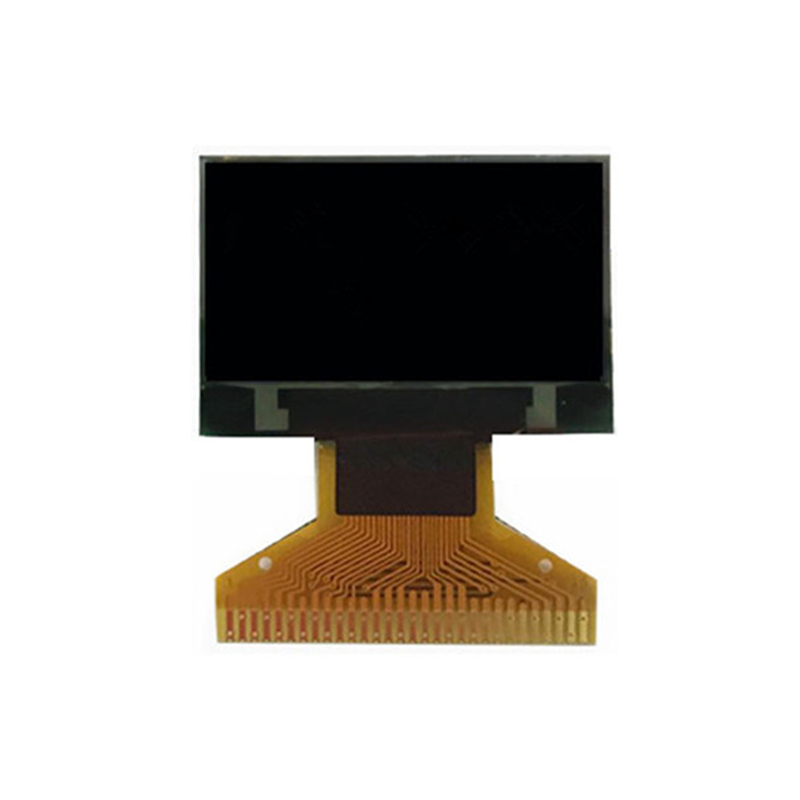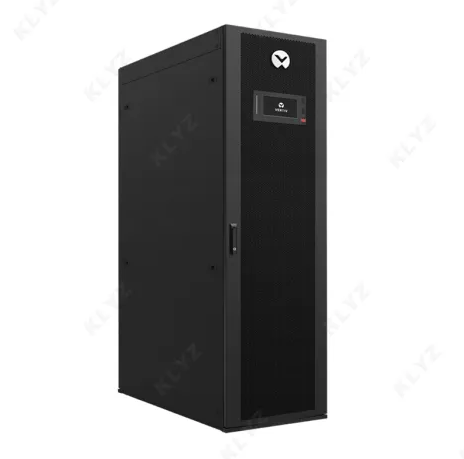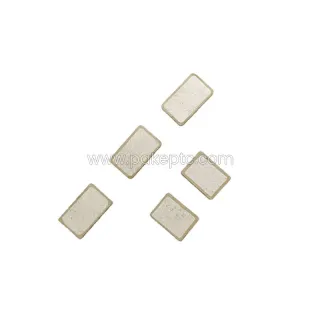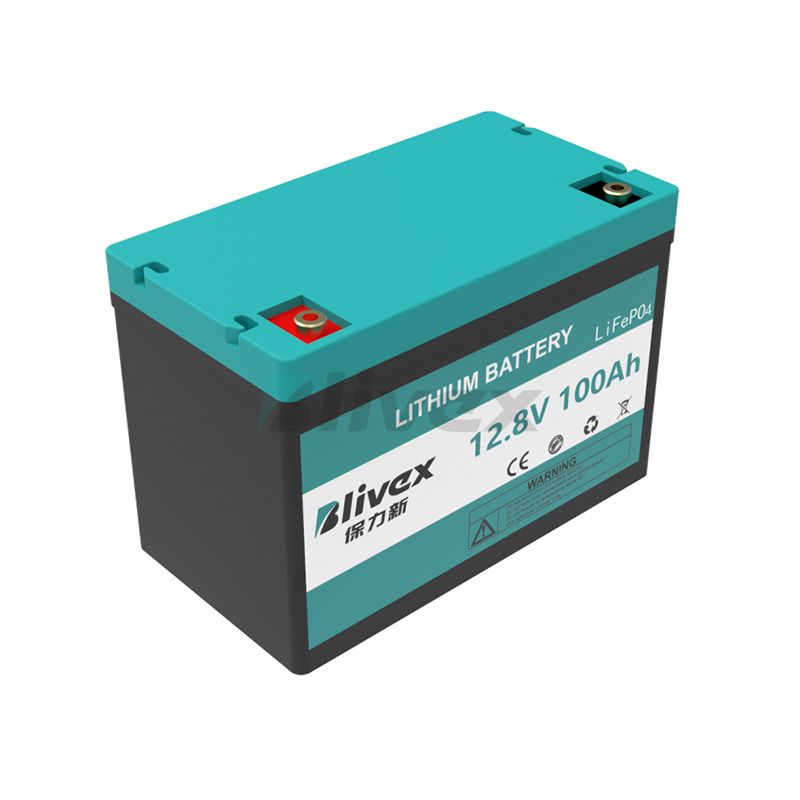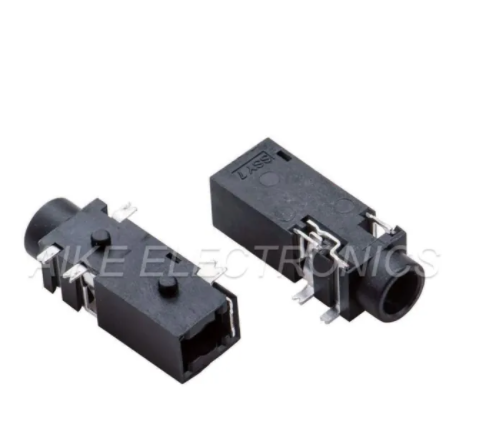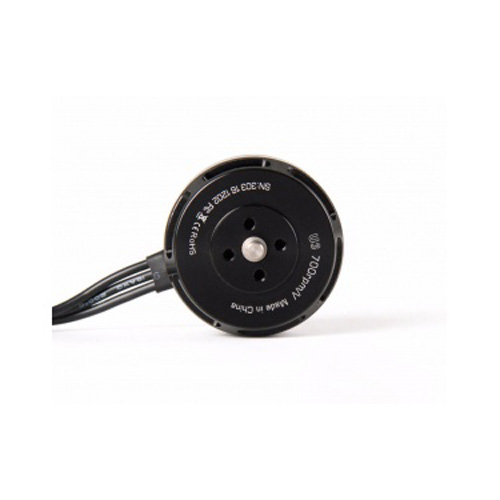LED Display facts | Knowledge about LED screens
What is LED?
LED is short for Light Emitting Diode. An LED emits light as a result of electric luminescence. It is also known as “cold light” as, unlike with old-fashioned incandescent bulbs, the light is not produced by heating a metal filament. The diode, on the other hand, emits light when flowing through two specially coated silicon semiconductors. It is one of the most energy-efficient and power-saving ways to produce light.
An LED consists of solid materials without movable parts and is often moulded into transparent plastic. This ensures high durability. When an LED is on, it emits almost zero heat. This reduces the problem of cooling the electronic parts.
The first LED was created by Russian inventor Oleg Losev in 1927. For many years, it was only possible to produce infrared, red and yellow LEDs. These diodes were found in everything from remote controls to clock radios.
It was not until 1994 that Japanese scientist Shuji Nakamura was able to demonstrate an efficient blue LED. White and green LEDs soon followed, laying the foundation for the LED revolution we have seen in lighting and display technology.
We’re going to crash through a lot of information, so strap in. You’ve probably seen LED screen walls in many locations, from museums and concerts to TV studios. They’re a part of our daily lives and elicit a sense of excitement and wonder whenever we encounter them. But how did they come to be?
Flexible Bendable LED screen tile for Globe LED screen systemLet’s dig in. The first LEDs (or light-emitting diodes) were made in the 60s, and for the next decade only came in red. This is due to the compounds in their construction. At first, LEDs were only used in professional laboratory equipment, since they cost $200 to make.
In 1971, one of the first consumer products to come out with LED technology was a pocket calculator—priced at $400. That’s a little expensive when you consider that it didn’t even do algebra! If you’re a watch collector, you may have come across the famous Pulsar LED watch—the first watch to tell the time with LEDs which came out in 1972. It was also pretty expensive, coming in at $2,100.
A few other things happened in the 70s: the cost of red LEDs was reduced through manufacturing techniques to 5 cents, the first yellow LED was invented, and the first violet LED was created (it would lead to the creation of blue in the 90s).
White light: the breakthrough
In 1993, blue LEDs were given a yellow phosphor coating to create white light. This was a breakthrough. LEDs went from being used as indicators like traffic and car lights to be used as light sources. They use less power and last longer than incandescent lights so flashlights were the first consumer items to switch over to using LEDs. Today, it’s hard to find a flashlight that doesn’t use them.
Fast forward a bit to 1999 and we find Microsoft releasing the first optical mouse. This was a mouse that didn’t rely on a roller ball anymore but used an LED with light sensors instead to track its position. More fun facts about LED history can be found in this article by Wired. But enough about gadgets. What we care about are the advanced LED displays that are in use today.
Related links:Is Electrolytic Capacitor Used for AC or DC?
Advantages of LiFePO4 Batteries Over Other Lithium-Ion Batteries
The Ultimate Guide to Portable Power Stations: Everything You Need to Know
Sourcing Reliable Electronic Components: A Buyer's Guide
What are the different types of emergency power supplies?
Liquid Tight Flexible Metal Conduit: Versatile, Durable, and Secure
Small Size, Big Impact: How Micro Camera Modules Are Changing Industries
If you think back to a large screen you’ve seen in an earlier decade, you might think of a JumboTron. This was an enormous screen made by Sony that has been used in arenas and even in Times Square. The final model was made using LEDs, but it didn’t start out that way. At the time of its invention, LED’s only came in two colors, making them unusable for color video.
The JumboTron’s resolution was also poorer than VHS, at 240×192 pixels. That’s 46,080 pixels in it’s a huge screen, which was 30 feet diagonal. Compare that to our AmFlex Pro-1.2 which has 640,000 pixels per square meter, an area which is a fraction of the size of the Jumbotron.
LEDs have replaced older technologies for use in large screens—technologies such as CRT (cathode ray tubes) which the original JumboTrons used. Today, you can see LED screens in an almost endless array of sizes and shapes, both flat and curved into three dimensions.
What is the pixel pitch?
No crash-course on LED screens would be complete without talking technical jargon. You might have noticed the term “pixel pitch” being used on our site. Pixel pitch is the measurement from the center of one LED/cluster to the center of the next LED/cluster. Modern scoreboard-style displays have anywhere from a 6mm to 10mm pixel pitch. This makes them good for viewing from a distance, but if you went up close you’d see the pixels.
Our AmFlex Pro modules come in 1.2, 1.6, 1.9 and 2.5 mm pixel pitch. Generally, the smaller the pitch, the closer you can stand to the screen before seeing pixels. It’s important to consider what application you need the screen for. Will the screen be high up, meant to be viewed from some distance? Then a larger pixel pitch may work fine. How about if you have a screen right at the entrance to a store, where people walk within a few feet? That would be a situation for a smaller pixel pitch.
LED screen as art
At DesignLED, we take pride in fulfilling our clients’ wildest dreams. Our proprietary technology, AmFlex Pro, enables you to create HD and UHD video in many applications. One favorite is the ribbon style screen. Useful in museums, atriums or as impact displays in retail environments, it seems to almost defy physics with its seamless curves and thin structure. In almost any way that a real ribbon could be held or draped, you can enjoy an LED video wall as an eye-catching display.
And, if you’re ever traveling through the Tampa International Airport in the USA, you may have the chance to spot one of our ribbon video displays, which were made with Amflex LED screen. We worked with Spanish artist Daniel Canogar to bring one of his visions to life. A long ribbon LED video screen wraps itself around the ceiling architecture in the airport’s F terminal. Pictured on the screen are natural plant-like shapes, which are generated in real time by a program that controls the life cycles of the plants. You can see a video montage of the permanent installation here.
Since 2009 we’ve done numerous advanced LED screen installations in a variety of locations globally. These include television studios, museums, casinos, retail locations, airports and more. We are always happy to work with our clients to make their specifications a reality. Whether it is a flat screen, curved, cube, cylinder, odd shape, ribbon, or anything else, the sky’s the limit.
LED Display facts | Knowledge about LED screens
The history of LED video walls
Related links:How Does the Electric Blanket Controller Work?
What happens when a PTC is heated?
How does an Automotive Agm Start-Stop Battery differ from a traditional battery?
How to find electronic manufacturers in China?
Why is China good at manufacturing electronics?
What's the Maximum Length for USB Cables?
What is the difference between electrolytic capacitor and normal capacitor?




